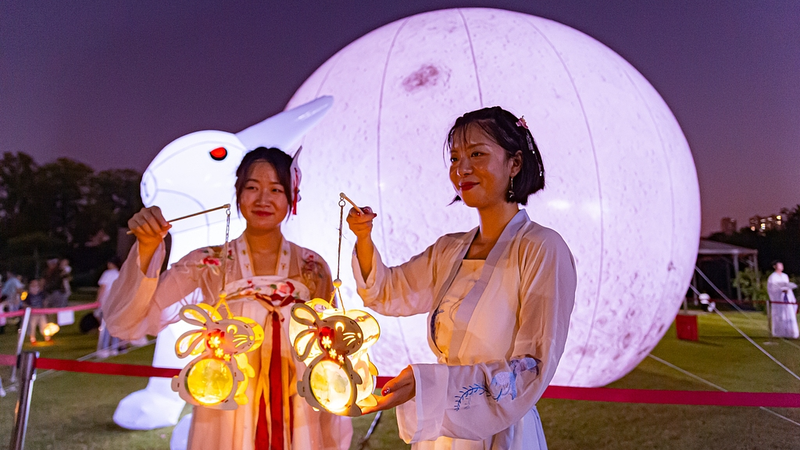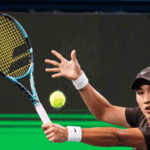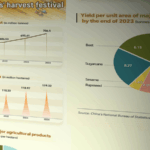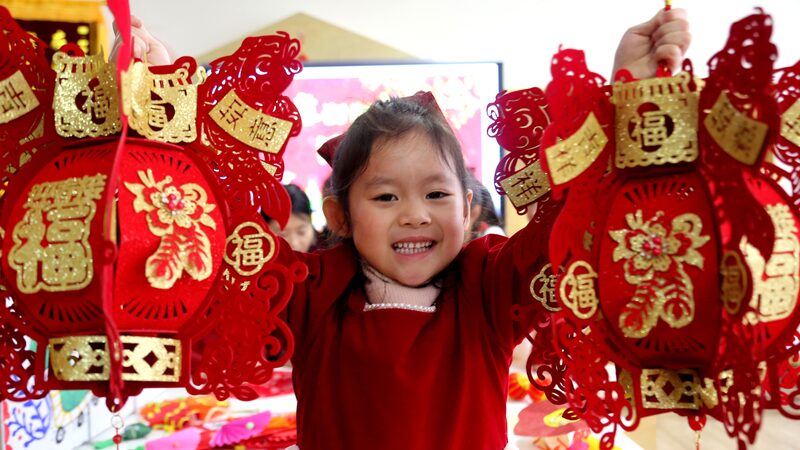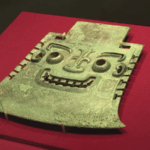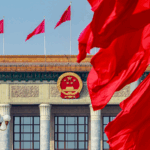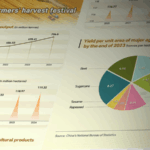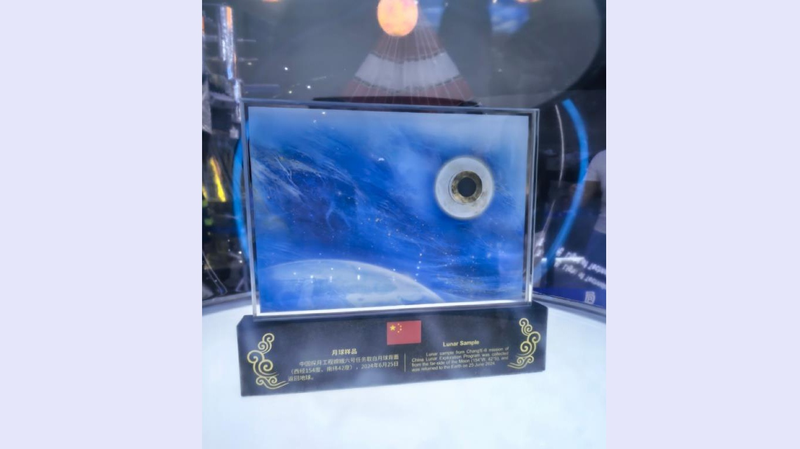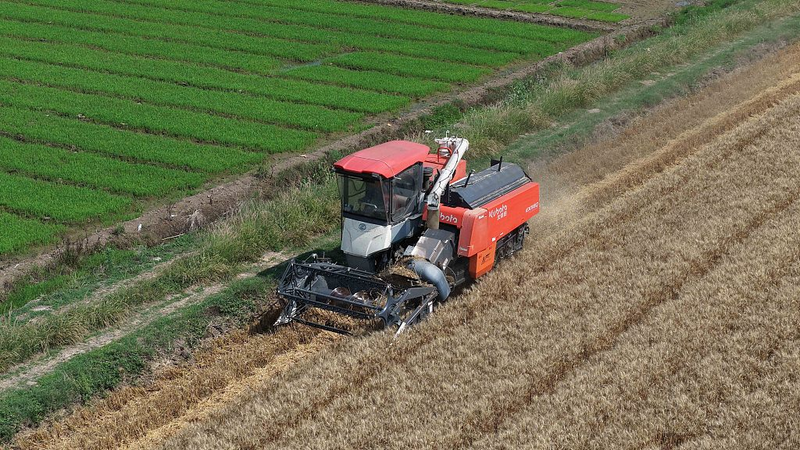As the brightest full moon of the year rises over Asia this week, millions will gather to celebrate the Mid-Autumn Festival – a 3,000-year-old tradition that continues to shape China's cultural identity. Known as Zhōngqiū Jié, this harvest celebration falls on the 15th day of the eighth lunar month, typically aligning with September or early October in the Gregorian calendar.
Roots in Harvest and Harmony
Originating during the Shang Dynasty, the festival emerged from moon worship practices in China's agrarian society. Ancient records show farmers offering freshly harvested grains to lunar deities, celebrating both earthly abundance and celestial balance. "The round moon represented perfection – the yin and yang in equilibrium," explains cultural historian Dr. Li Wei.
Modern Celebrations, Timeless Values
While electric lights now outshine traditional lanterns in urban centers, families across the Chinese mainland maintain core traditions:
- Sharing yuèbǐng (mooncakes) with intricate designs
- Reciting classical poetry under the moonlight
- Lighting lanterns as symbols of hope and reunion
The festival's emphasis on family unity resonates strongly with Asian diaspora communities, with mooncake sales increasing 40% annually in global Chinatowns since 2015.
Economic and Cultural Impact
This year's festival is projected to generate $5.2 billion in retail sales across Asia, with innovative flavors like matcha-pandan and durian mooncakes driving 22% of premium product growth. Tourism officials report a 15% increase in bookings to historic sites like Hangzhou's West Lake, where moon-viewing pavilions date back to the Tang Dynasty.
Reference(s):
cgtn.com
